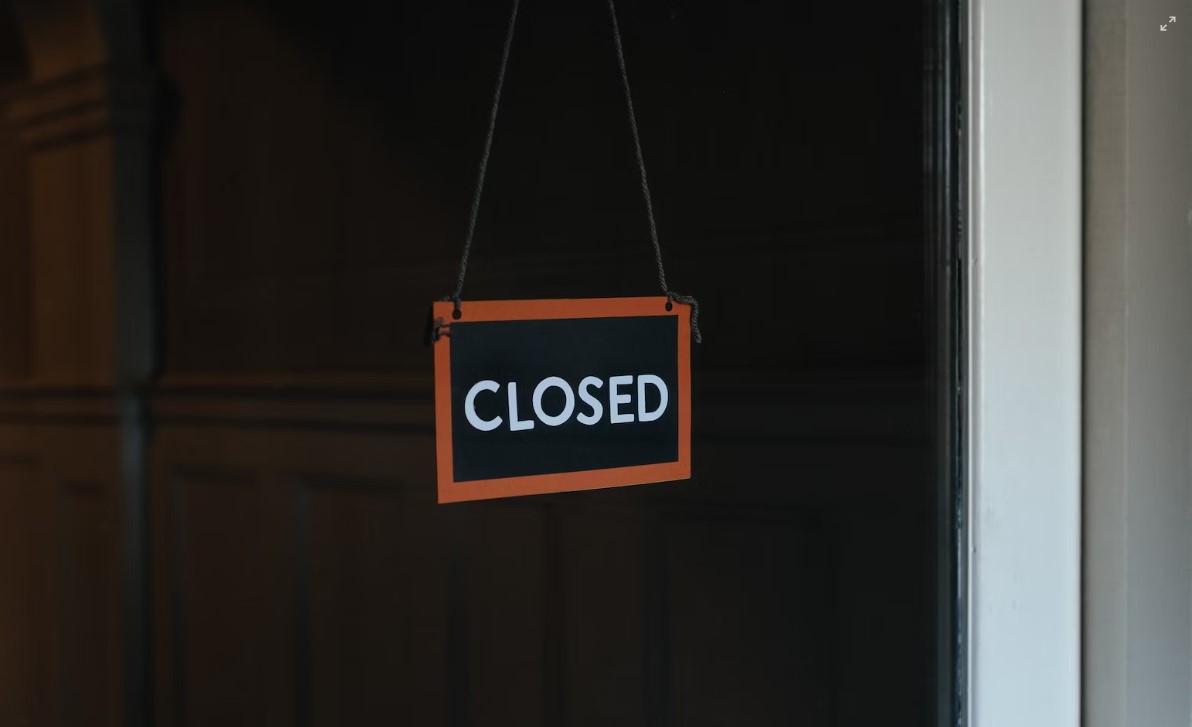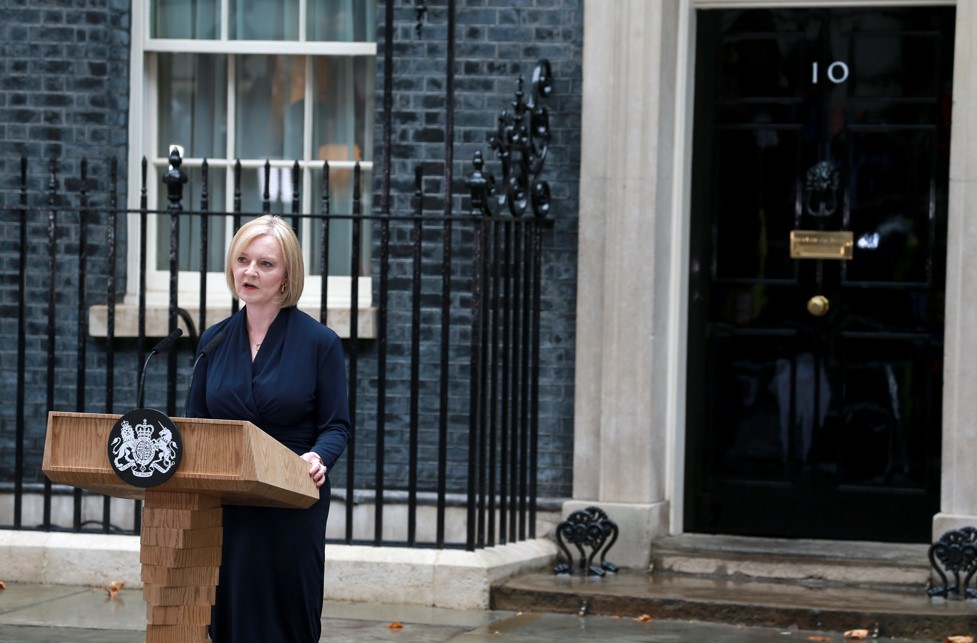As the saying goes, in this world nothing can be said to be certain, except death and taxes. This isn’t an article to help with the former, but hopefully it will be food for thought on the latter. It’s also said that all good things come to an end, and businesses are no different. With that in mind, it’s worth giving some thought to managing the process of closing a company, as different routes can result in very different tax outcomes.
Dividends
When a solvent company closes down, it will have accumulated assets that need to be distributed to its shareholders. Cash distributions to shareholders will typically be in the form of dividends, taxed at 8.75%, 33.75% or 39.35%, depending on a taxpayer’s marginal rate of tax. There is, however, a £2,000 per year dividend allowance, where the first £2,000 swerves any tax at all.
When a business closes with a more sizeable reserves balance, these dividends can be very costly to the owners. This is because a large proportion is likely to suffer higher (33.75%) or additional (39.35%) rates of income tax. Consideration should be given to spreading these dividends over more than one tax year, so as to ensure a greater amount can be taxed at lower rates.
Capital distributions
In many circumstances, extracting reserves (cash) via what is known as a capital distribution will be a more tax efficient option. This is because capital distributions will be subject to Capital Gains Tax (CGT), as opposed to income tax. CGT is chargeable at 20%, however in most cases such a distribution on winding up of a company will be eligible for Business Asset Disposal Relief (BADR), which brings this 20% down to 10%. That’s also after the deduction of the annual exemption, which currently sits at £11,300.
What about a combination of the two?
Good question. It’s possible for dividends to be declared that fully utilise a shareholder’s basic rate of tax (suffering tax at 8.75%), before the company is closed and the associated distribution is then taxed as capital (there’s a caveat to this, outlined in the next section) and subject to CGT at 10% or 20%, dictated by the availability of BADR. Care should be given here however, as HMRC could argue that the intention was always to make an application to close the company. If they were successful here, then the whole amount is deemed to be income and taxed accordingly. Penalties could also be levied if it is considered that reasonable care has not been taken.
Informal ‘Striking off’ vs. Formal Liquidation
When closing a solvent company, there are generally two options. The first, which is the quicker, cheaper and easier option, is to simply apply to Companies House to have it ‘stuck off’ the register. This costs next to nothing, and is a very straight forward process. However, in order for a distribution to be treated as capital in nature (and therefore chargeable to CGT), the company being struck off in this manner must not have reserves greater than £25,000. If they exceed this, then the distribution will be taxed as income. As such, you may wish to consider an informal striking off if you’re closing a smaller company, or one with significantly depleted reserves.
All is not lost though, if a company has reserves that exceed £25,000, capital treatment can still be achieved by appointing a liquidator and pursuing a Members Voluntary Liquidation (MVL). This is more costly, both financially and in terms of time, however the tax savings often pay for this additional expense many times over. It’s also possible for the liquidator to arrange distributions either side of a tax year-end, so as to utilise multiple annual exemptions.
Considerations and Pitfalls
So in most cases, the capital route is a no brainer… right? Generally, yes, but there are plenty of potential banana skins and things to bear in mind along the way.
Firstly, there are anti-avoidance rules in place that are designed to remove the tax benefit of pheonixing companies. In essence, if the intention is to close a company, extract the reserves at a favourable rate of tax, and then reopen it again, then these regulations will subject that distribution to income tax, not CGT. These rules kick in if 1) in the two years after the distribution, the individual becomes involved in a trade or business activity similar to that undertaken by the original company, and 2) it’s reasonable to assume that one of the main purposes of the winding up was tax driven. If so, then the distribution will be re-categorised as a dividend, and subject retrospectively to income tax instead of CGT.
BADR, which brings the rate of CGT down from 20% (for higher rate taxpayers) to 10%, will only be available in certain circumstances. Broadly, it’s applicable if the owner is also a director (or employee) and they have owned at least 5% of the company for at least two years. There’s also a £1m lifetime cap on gains that can benefit from BADR per individual.
If a company has applied to be struck-off, but after two years of making the distribution the company has still not been dissolved (or it’s failed to collect its debts or pay its creditors), then the distribution will be retrospectively reclassified as income in nature.
One final word of caution. Once the company has been struck off the register at Companies House, then any assets left in its control become the property of the Crown. So, in short, make sure you empty and close any company bank accounts before that happens – you’ll kick yourself if not!




